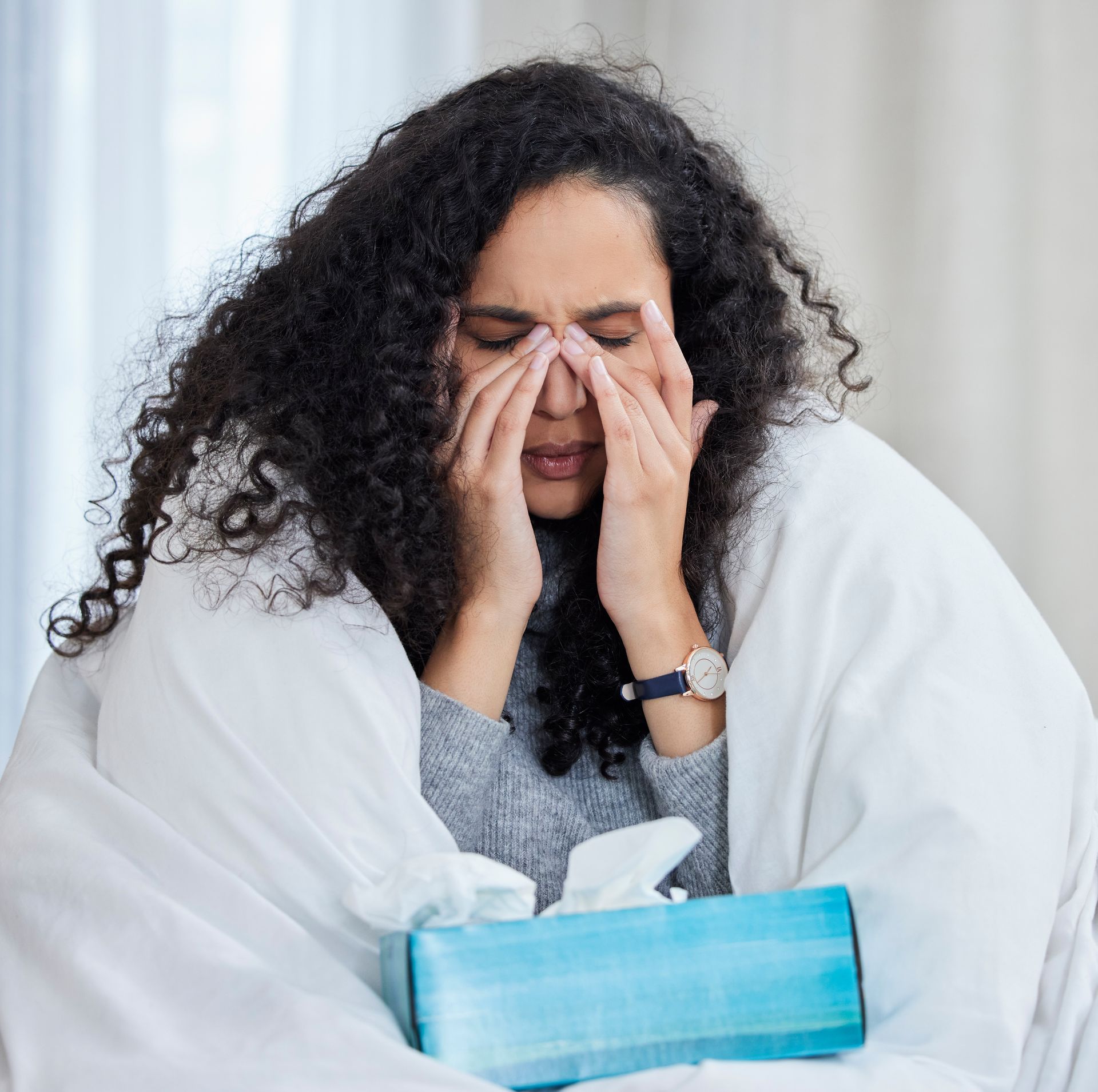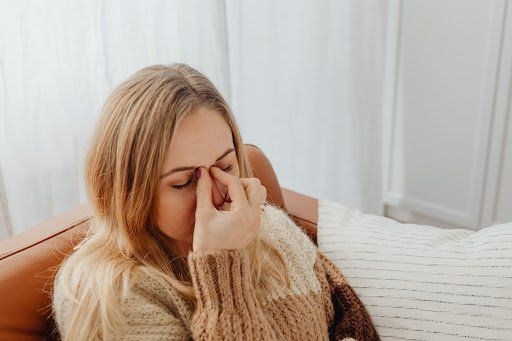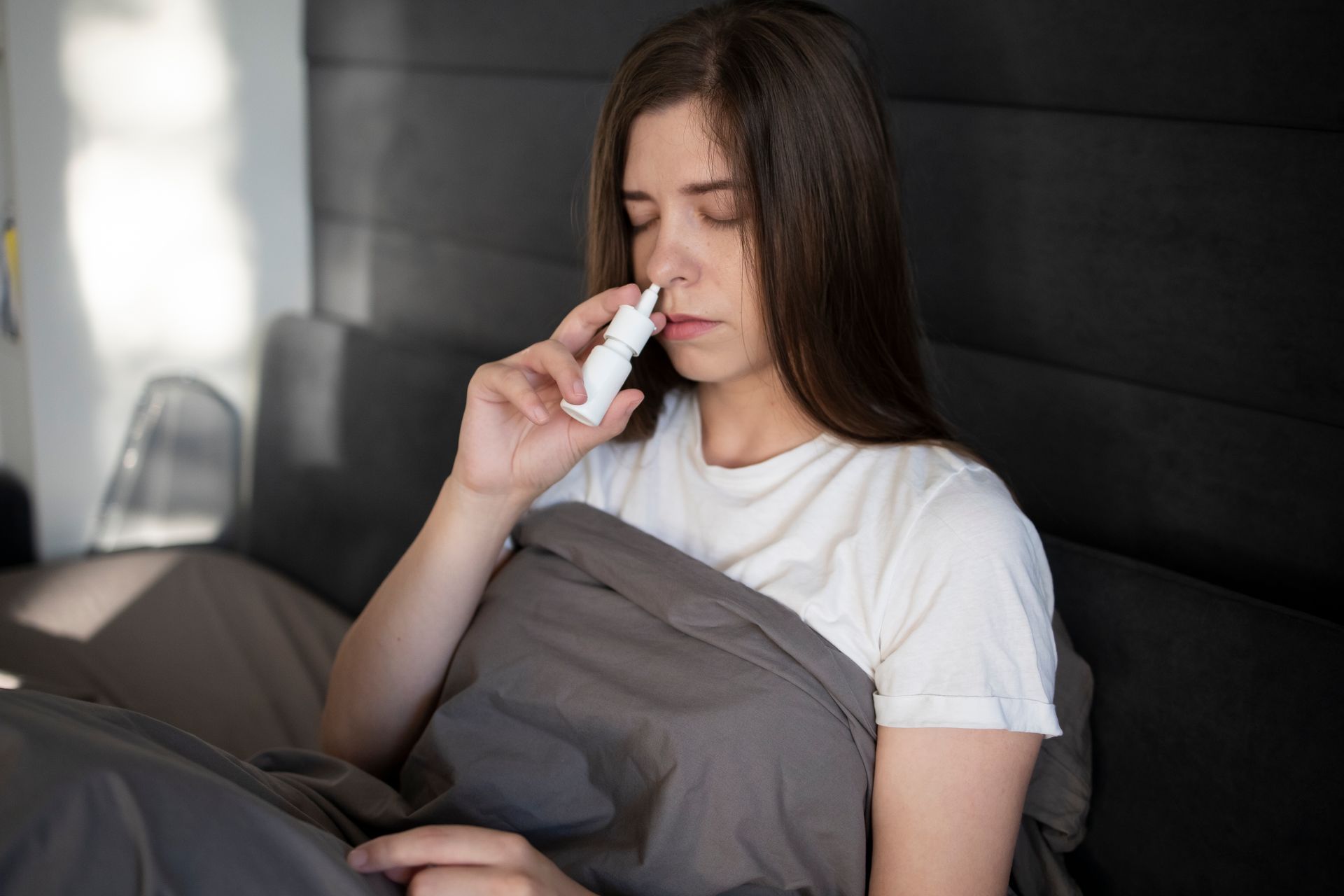A Look at How We’ve Handled Pandemics Over Time
What do the Black Death, the bubonic plague, cholera, polio, the flu, and COVID-19 all have in common? They’re all pandemics (or epidemics, in some cases) that have significantly impacted our way of life. Read on to learn more about how we have handled pandemics throughout history, and how it relates to current events.
The Difference Between a Pandemic and an Epidemic
What do the Black Death, the bubonic plague, cholera, polio, the flu, and COVID-19 all have in common? They’re all pandemics (or epidemics, in some cases) that have significantly impacted our way of life. Read on to learn more about how we have handled pandemics throughout history, and how it relates to current events.
Outbreaks of disease have been occurring throughout history for thousands of years. In fact, the first recorded pandemic took place in Athens, Greece, during the Peloponnesian War in 430 B.C.
A ‘pandemic’ is an outbreak of disease that has spread across several countries or continents, affecting a very wide geographical area. An ‘epidemic’, on the other hand, is an outbreak of disease that occurs within one location. While many people use the term ‘plague’ when talking about a pandemic, a plague refers to the spread of an infectious disease caused by a specific bacterium, Yersinia pestis.
A pandemic follows six key phases, as outlined by the World Health Organization:
- A disease-causing organism (pathogen) circulates among animals. It may or may not be known to infect humans.
- A pathogen that circulates among animals is known to cause infections in humans.
- An animal-to-human infection has occurred but has not escalated to a community outbreak.
- A human-to-human infection has occurred, and community-level outbreaks have been verified.
- Community-level outbreaks have occurred in two or more countries in one WHO region.
- A community-level outbreak has been identified in a third country, in a different WHO region. It is at this phase that a pandemic is declared.
How We Have Responded to Pandemics in the Past
Viral pandemics can spread incredibly quickly, infecting millions of people around the world. Here are some examples of how we’ve navigated them in the past.
The 1918 Influenza
Caused by an H1N1 influenza virus, the 1918 influenza was a devastating pandemic that infected an estimated one-third of the world’s population, killing approximately 20–40 million people by 1920. The flu vaccine was not developed and distributed until 1930, so control efforts were limited to non-pharmaceutical interventions, such as social distancing, quarantine, personal hygiene, and limitations on public gatherings.
The 1968 Pandemic
1968 was notable for a multitude of reasons—including manned space travel, the military conflict in Vietnam, and even innovations in heart transplant surgery—but it was also the year of the H3N2 influenza pandemic in the United States. Although the infection and mortality rate was not as high as during the 1918 pandemic, it was responsible for an estimated 100K deaths in the US. Schools were closed across at least 23 states, and ‘normal’ life was significantly disrupted, including delayed package deliveries, economic slowdown, and widespread closures.
The 2009 H1N1 Pandemic
First detected in the US in April 2009, the H1N1 pandemic is perhaps our most recent memory of a viral outbreak. Before the pandemic even reached phase 6, the CDC was recommending social distancing measures and school closures to slow the spread of the disease.
Following the 2009 H1N1 pandemic, the CDC established the Pandemic Influenza Preparedness (PIP) Framework to improve the global response to mitigating the effects of a pandemic, including providing access to resources such as vaccines and supplies.
How We Are Responding to the COVID-19 Pandemic is No Different
Although the world is no stranger to pandemics and outbreaks of disease, COVID-19 took many of us by surprise. The rapid spread and severity of symptoms brought the world to a halt—businesses and schools were closed, and we were all encouraged to social distance and isolate to slow the spread. Face masks have become a fashion statement and hand sanitizer is readily available at the entrance of public buildings.
While the rush to stockpile toilet paper was perhaps a bit out of the ordinary, it’s important to note that the way we are responding to the COVID-19 pandemic is in line with how we have handled pandemics in the past. And just like we’ve seen in our history, the way back to ‘normal’ is by getting vaccinated and following the CDC’s guidelines.
Thomas S. Higgins, MD, MSPH
Husband. Father. Sinusitis Nerd.








Our Convenient Locations
Contact Us
Have question about our services and treatments? Reach out to us!
Contact Us
Thank you for contacting us.
We will get back to you as soon as possible.
Please try again later
Schedule an Appointment with a Fellow-Trained Sinus Surgeon Today
Dr. Thomas Higgins | Dedication to Sinusitis Relief

Our Convenient Locations
Louisville Old Brownsboro Crossing
9850 Von Allmen Court, STE 104, Louisville, KY 40241
Louisville St. Matthews Springs Medical Complex
6420 Dutchmans Parkway STE 380 Louisville, KY 40205
Jeffersonville, Indiana
W Gordon Gutmann Blvd, Jeffersonville, IN 47130 USA
Dr. Thomas S. Higgins
- Rhinology, Sinus & Skull Base, Kentuckiana Ear, Nose & Throat
- Locations in Louisville, Kentucky and Southern Indiana
- Clinical Associate Professor, Department of Otolaryngology-Head and Neck Surgery and Communicative Disorders
University of Louisville School of Medicine
Copyright © 2012-2025. Higgins Sinus. All Rights Reserved.
Note: The information contained in these pages is for educational purposes only. It should not be construed as individualized diagnostic and treatment advice. Please see our Privacy Policy as well as our Terms and Conditions. While we will never intentionally share any information you provide us via this website, this contact form and email system is not secure under HIPAA guidelines. Please avoid including personal or medical information you would want to be protected from 3rd party interception. A list of HIPAA identifiers can be found here. Please do not use this form for emergent or urgent matters. Disclosure: We may earn a commission when you use one of our coupons/links to make a purchase.






